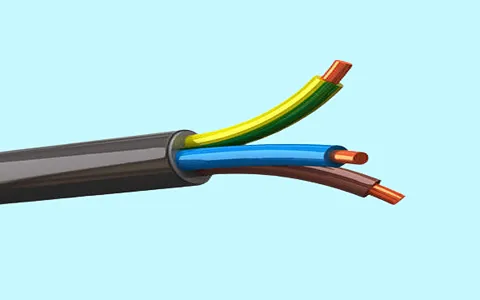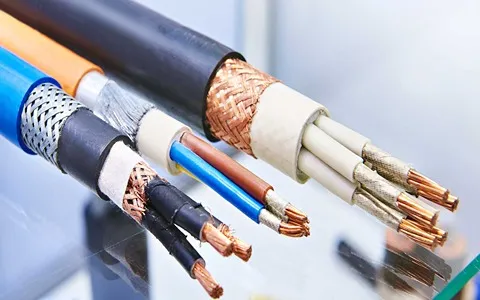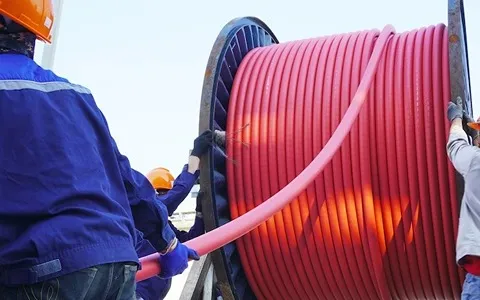In this article, we will be Putting the solid conductor VS the stranded conductor wire.
For comparing these two, lots of factors shall be taken into account like the gauge size, application, and other factors.
It's likely already common knowledge to you that twisted-pair copper cable can either be shielded or unshielded, and that it can have either stranded or solid wires.

standerd wire types
When it comes to deciding between the two options, there are a lot of factors to take into account, such as the standards, the environment, the application, and the cost.
Let's have a look at the differences as well as the factors to consider, so that you can choose the type of cable that will work best for the installation you have in mind.
The initial distinction between solid wire cable and stranded wire cable is in the manufacturing process.
The phrases "stranded" and "solid" refer to the physical construction of the copper conductors contained within the cable.
Each of the eight copper conductors in a stranded cable is made up of many "strands" of small-gauge wires that are coiled together concentrically in a helix, much as a rope would be.
This creates the conductor's unique structure.
The quantity of strands and the wire's gauge are commonly defined for stranded wire using two numbers.

standerd wire uses
The first number denotes the total number of strands, while the second number denotes the wire's gauge.
For instance, a 7X32 (sometimes written as 7/32), which denotes that the conductor is made up of seven strands of wire with a gauge of 32 AWG, implies that there are seven strands of wire.
A solid cable consists of eight individual conductors, each of which is a separate wire of a larger gauge than the others.
When referring to the size of the conductor of a solid wire, you just need to specify a single gauge number, such as 24 AWG.
The gauge of the solid conductor is the specification for the cable, and this applies whether the cable in question has one, two, or four pairs.

standerd wire features
This gives rise to the most distinguishing feature, which is its adaptability.
Stranded cables are far more flexible and can tolerate more bending than other types of cables.
However, in terminations, the flexible strands can break or become loose with time.
Stranded cables have many advantages over other types of cables.
Solid conductors will keep their shape over time and will seat properly within insulation displacement connectors (IDCs) on jacks, patch panels, and connecting blocks.
Solid cables, on the other hand, are more stiff and can break if they are bent too much or too frequently.

standerd wire benefits
Performance is a distinction between stranded and solid wire cable that is not as readily apparent.
In general, solid cables are superior electrical conductors and give greater, stable electrical qualities over a wider range of frequencies than stranded cables do.
Solid cables also tend to be more expensive than stranded cables.
Because they have a smaller total surface area, solid conductors are thought to be more robust than stranded conductors.
They are also less likely to be impacted by vibration and are less likely to be prone to corrosion.
A higher current can also be carried by solid wire compared to stranded wire.
Conductors with a higher gauge (meaning they are thinner) have a higher insertion loss than conductors with a lower gauge (meaning they are thicker).
Stranded cables display 20 to 50 percent more attenuation than solid copper conductors (20 percent for 24 AWG and 50 percent for 26 AWG).
Compared to solid cables, stranded conductors have a higher DC resistance.

